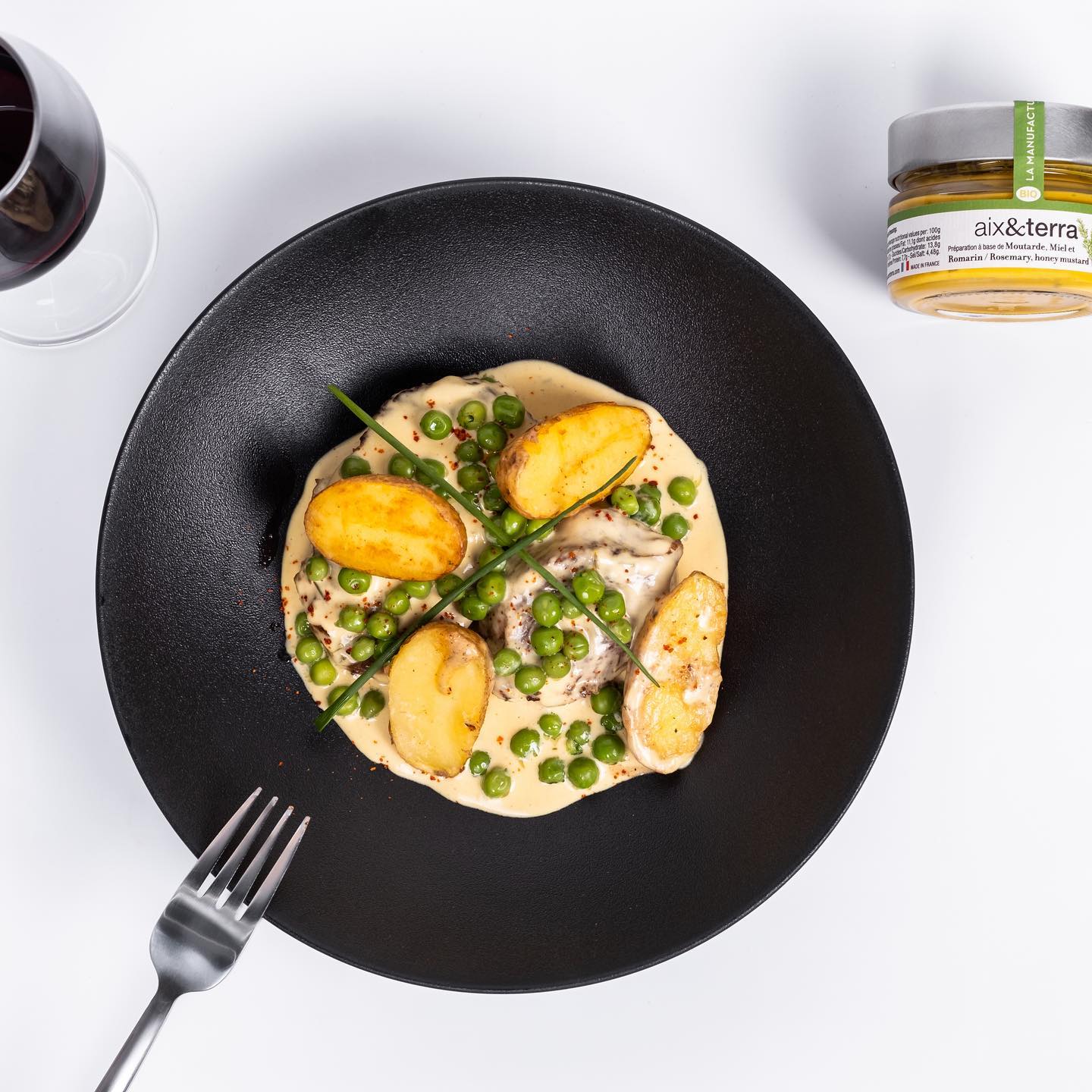Mustard, a condiment known for its pungent kick and versatility, holds a special place in the world of French cuisine. The land of baguettes, cheese, and fine wine is also home to an array of mustard varieties, each with its own unique flavor profile and culinary significance.
Let’s take a look at the varieties and types of mustard present across the world. We’ll also discuss the global influence of this beloved condiment.
The Mustard Heartland: Dijon and Its Iconic Mustard
Our journey begins in the heart of France, in the picturesque city of Dijon. It's here that one of the most famous mustard varieties in the world was born – Dijon mustard. Dijon mustard is characterised by its smooth, creamy texture and a tangy, slightly spicy flavour. The secret to its distinct taste lies in the use of brown or black mustard seeds and verjus, the juice of unripe grapes.
Dijon mustard has found its way into kitchens and delis worldwide, where it adds a burst of flavour to sandwiches, dressings, and sauces. Some iconic Dijon mustard brands to explore include Maille and Edmond Fallot, both of which have been crafting this beloved condiment for generations.
Beyond Dijon: Regional Mustard Varieties in France
France is not just a single mustard flavour. It's a patchwork of regional mustard varieties, each with its own characteristics. As we journey through the French countryside, we encounter a tapestry of flavours and textures:
-
Provencal Mustard: From the sunny south of France, Provencal mustard offers a taste of the Mediterranean with its blend of herbs and aromatic spices. It's a perfect match for grilled meats and seafood.
-
Alsace Mustard: In the northeastern region of Alsace, mustard takes on a hearty, robust character. Often prepared with white wine, Alsace mustard pairs wonderfully with sausages and rustic dishes.
-
Burgundy Mustard: Known for its depth of flavor, Burgundy mustard is made with black mustard seeds and is aged for extra richness. It's a staple in classic French cuisine, especially in beef dishes like Boeuf Bourguignon.
Whole Grain Mustard: A Rustic Delight
Among the French mustard varieties, one style stands out for its rustic charm – whole grain mustard. Unlike the smooth Dijon, whole grain mustard retains the seeds, giving it a delightful texture and a more pronounced mustard bite.
Whole grain mustard is often used as a condiment for roasted meats, sausages, and charcuterie boards. Its grainy texture adds a pleasing crunch to sandwiches and salads. A dollop of whole grain mustard can elevate a simple dish into a gourmet experience.
The Mustard with a Twist: Flavoured French Mustards
French mustard makers are renowned for their creativity, infusing classic mustard with exciting flavours. These flavoured mustards add a twist to your culinary creations. Some popular options include honey mustard, tarragon mustard, and even truffle-infused mustard.
Honey mustard strikes a perfect balance between sweet and tangy, making it an excellent dipping sauce for chicken tenders or a glaze for baked ham. Tarragon mustard, with its hint of anise, complements poultry and seafood dishes exquisitely. For a touch of luxury, truffle-infused mustard adds an earthy, aromatic note to sauces and vinaigrettes.
Mustard in French Cuisine: Recipes and Culinary Applications
French mustard's versatility extends beyond being a mere condiment. It's an essential ingredient in many classic French recipes. Here are a few delectable dishes where French mustard shines:
-
Coq au Vin: This French classic features chicken simmered in red wine, mushrooms, and shallots, enriched with Dijon mustard for a flavorful twist.
-
Quiche Lorraine: A creamy quiche with bacon and Gruyère cheese gets an extra layer of flavour from a touch of Dijon mustard in the custard.
-
Moules à la Moutarde: Mussels cooked in a creamy mustard sauce deliver a delightful contrast of briny seafood and tangy mustard.
-
Mustard Vinaigrette: A classic French salad dressing, made with Dijon mustard, vinegar, and olive oil, is perfect for dressing salads or marinating vegetables.
Beyond France: Global Influence of French Mustard
The allure of French mustard extends well beyond the borders of France. Its unique flavours and culinary applications have left an indelible mark on international cuisine.
In the United States, for example, yellow mustard takes inspiration from Dijon mustard, albeit with a milder flavour profile. American hot dogs and burgers would be incomplete without a squeeze of this iconic condiment.
In India, mustard seeds are a staple in many regional cuisines. Mustard oil, with its distinctive nutty flavour, is used for cooking and adds depth to dishes like Bengali fish curry.
Incorporating French mustard into global cuisines is a testament to its adaptability and appeal. It's a condiment that transcends borders and brings a touch of French elegance to diverse culinary traditions.
Conclusion
From the mustard heartland of Dijon to the regional specialties of France and the global influences of French mustard, this condiment has made its mark on the world stage. Whether you're savouring smooth Dijon, or exploring the depths of flavoured varieties, French mustard is a culinary delight.

